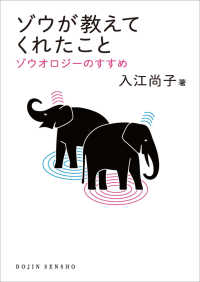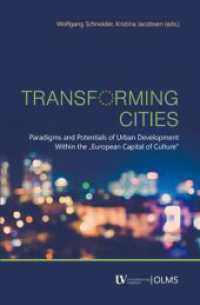Full Description
Research shows that the ability to 'read others' minds', or make sense of the signs and symbols evident in human communication, informs collaborative learning and relationship formation during childhood and adolescence. An emerging area of applied social neuroscience and learning sciences shows that teachers, family members, and peers serve as important contributors to how young people learn to make sense of the mental world. This book investigates which aspects of these experiences foster brain growth and social cognitive abilities within a learning context. Overall, this book explores how educational leaders of youth can help teach young people to understand mind, emotion, and spirit, and use this ability to navigate their identity and relationships with others. To bridge the gap between theory and practice in the fields of human development, well-being, and education, analyses of cutting-edge research is provided throughout, and translated into developmentally-appropriate, and culturally-informed strategies for educational practice.








